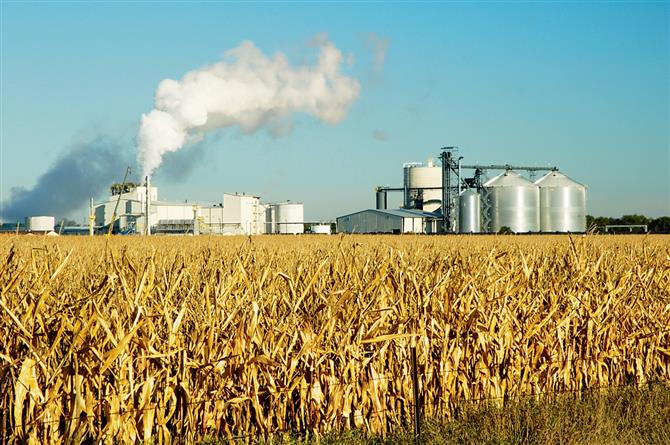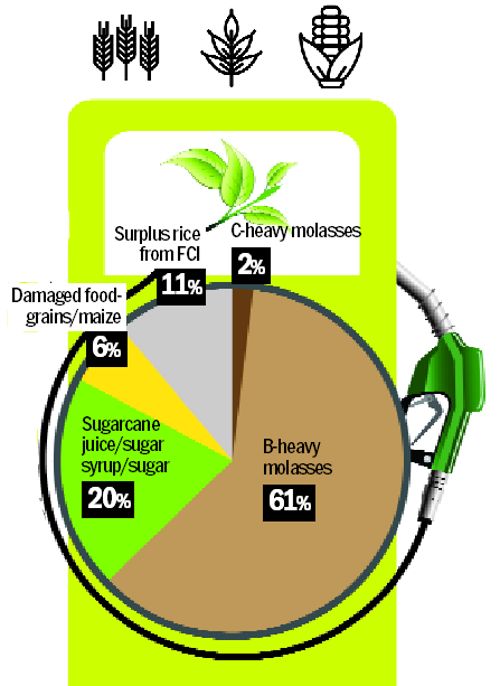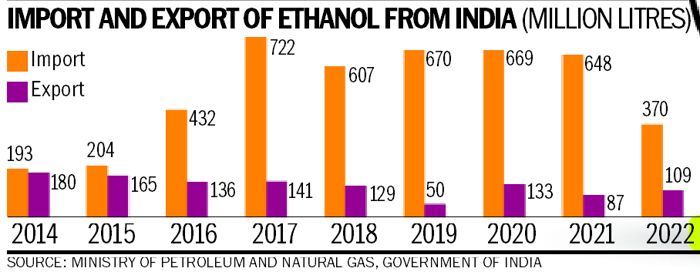Biofuels hold promise as alternative to fossil fuels

Pitambara and Bishwa Bhaskar Choudhary
THE establishment of the Global Biofuel Alliance (GBA) at last month’s G20 Summit has major implications for global sustainability and energy security. This alliance signifies a collective commitment among the world’s leading economies to accelerate the transition towards cleaner and more sustainable energy sources. Biofuels, derived from renewable biomass, offer a promising alternative to fossil fuels, contributing significantly to reducing greenhouse gas (GHG) emissions and mitigating climate change. They also enhance energy diversification and reduce dependence on volatile oil markets, bolstering energy security for member nations. By fostering international cooperation and knowledge-sharing, this alliance is poised to promote research and development, investment and the adoption of advanced biofuel technologies.

The Government of India has been fostering the growth of the biofuel industry through proactive policies since 2001, when the country initiated the 5 per cent Ethanol Blending (E5) Programme. These policies are focused on giving a fillip to various categories of biofuels by providing essential financial support, establishing a robust feedstock supply chain, promoting research and innovation in biofuel production technologies for both existing and new feed stocks, and encouraging the exploration of locally available feedstock resources, given India’s rich biodiversity. The government has also introduced other significant initiatives to support the biofuel sector’s development, such as the SATAT (Sustainable Alternative Towards Affordable Transportation) scheme aimed at boosting the production of compressed biogas, the provision of viable gap funding for second-generation (2G) bioethanol through the Pradhan Mantri JI-VAN Yojana and grants to facilitate research and development in bioenergy. Despite the new policies and mandates, the average level of bioethanol blending in India has reached around 11%, with a lot of ground to cover to achieve the target of 20% by 2025-26.

India has augmented its ethanol production capacity from around 2 billion litres in 2014 to 5.3 billion litres in 2022; the target is to produce 15 billion litres by 2025. Currently, sugarcane-derived molasses, broken rice and other damaged foodgrains are primarily used to generate ethanol. With only surplus sugarcane and rice being diverted to fuel production, this option may not be sustainable in the long run.
Climate-related risks such as rising temperatures and erratic monsoon are already threatening surplus foodgrain production and thus may pose a challenge to sustaining an ambitious ethanol blending policy for the future. Moreover, India is currently a net importer of ethanol, which means that it is yet to contribute to an increase in energy security. Empirical studies have indicated that the production of about 165 lakh metric tonnes of grains and 60 lakh metric tonnes of sugar will be required by 2025 for ethanol utilisation. The required quantity of foodgrains for meeting the target is roughly 220 times greater than the amount of rice allocated by the Food Corporation of India for biofuel production in 2020-21. Moreover, an additional 19 million hectares of land will have to be dedicated to sugarcane cultivation.
















